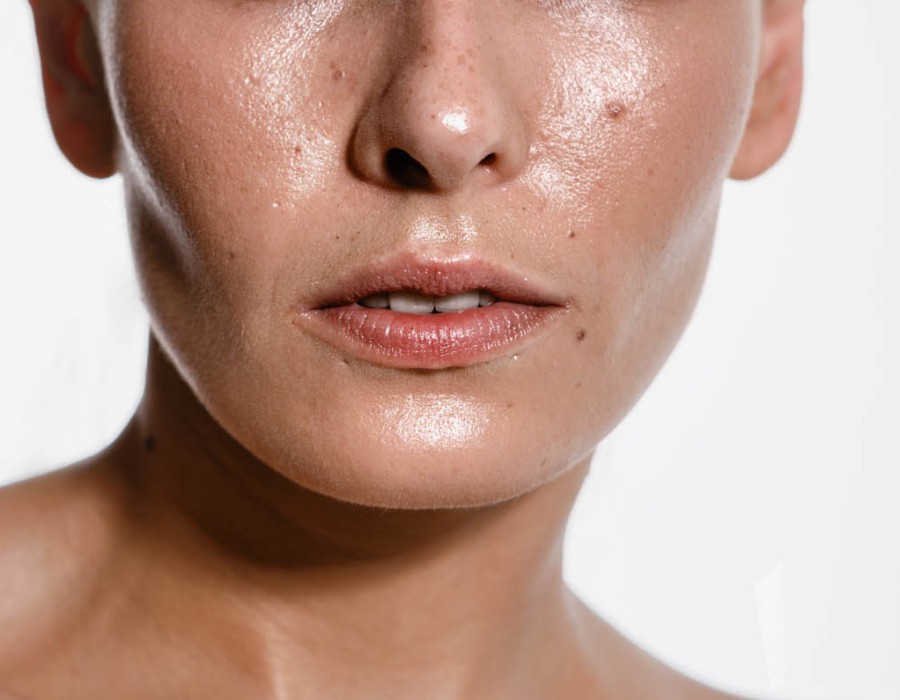Freckles and blemishes are common skin conditions that can affect anyone, regardless of their age or ethnicity. While freckles are often seen as charming spots that appear on sun-exposed areas of the skin, blemishes, particularly those associated with acne, can lead to frustration and decreased self-esteem. Understanding these conditions and the available treatment options is essential for anyone looking to improve their skin appearance. This article aims to provide an in-depth overview of Freckles and Blemishes in Dubai, their causes, and effective treatment strategies.
Understanding Freckles
What Are Freckles?
Freckles are small, flat, pigmented spots that usually develop on sun-exposed areas of the skin, such as the face, arms, and shoulders. They are caused by an increase in melanin, the pigment responsible for skin color, due to exposure to UV radiation from the sun. Freckles can vary in color from light tan to dark brown and are most prevalent in individuals with fair skin.
Causes of Freckles
The primary cause of freckles is sun exposure. When skin is exposed to UV rays, melanin production increases as a protective response, leading to the development of freckles. Genetics also play a significant role; some individuals are more genetically predisposed to develop freckles than others.
Understanding Blemishes
What Are Blemishes?
Blemishes refer to various skin imperfections that can appear as spots, marks, or discolorations on the skin. They can be caused by several factors, including acne, hormonal fluctuations, and environmental factors. Blemishes are often categorized into different types, such as:
- Acne: This includes pimples, cysts, and blackheads.
- Post-Inflammatory Hyperpigmentation (PIH): Dark spots that occur after acne lesions heal.
- Melasma: Brown or gray-brown patches that often develop due to hormonal changes, particularly during pregnancy or with the use of birth control pills.
Causes of Blemishes
The causes of blemishes are multifactorial. Key contributors include:
- Hormonal Changes: Fluctuations in hormones can increase oil production in the skin, leading to acne and other blemishes.
- Bacterial Infection: The presence of bacteria, particularly Propionibacterium acnes, can contribute to acne formation.
- Skin Type: Oily skin types are more prone to blemishes due to excess sebum production.
- Environmental Factors: Pollution, sun exposure, and dietary choices can exacerbate skin issues.
Treatment Options for Freckles
1. Laser Treatments
Laser treatments are among the most effective options for reducing the appearance of freckles. They work by targeting the pigmented areas of the skin and breaking down melanin. Types of laser treatments include:
- Ablative Lasers: These lasers remove the outer layer of skin, helping to diminish pigmentation.
- Non-Ablative Lasers: These lasers stimulate collagen production without damaging the surface, leading to gradual improvement over time.
2. Chemical Peels
Chemical peels involve applying a solution that causes controlled exfoliation of the skin. This process helps to remove the upper layers of pigmented skin and encourages new skin growth. Depending on the severity of the freckles, different types of chemical peels, such as superficial or medium-depth peels, may be utilized.
3. Topical Treatments
Topical treatments can help lighten freckles and include ingredients like:
- Hydroquinone: A skin-lightening agent that inhibits melanin production.
- Kojic Acid: A natural alternative effective in reducing pigmentation.
- Vitamin C: An antioxidant that can help brighten the skin and reduce the appearance of freckles.
4. Intense Pulsed Light (IPL) Therapy
IPL therapy uses broad-spectrum light to target pigmented cells in the skin. It is a non-invasive option that can improve overall skin tone while reducing freckles.
Treatment Options for Blemishes
1. Topical Acne Treatments
For blemishes associated with acne, various topical treatments are available, including:
- Benzoyl Peroxide: This ingredient kills acne-causing bacteria and helps reduce inflammation.
- Salicylic Acid: This beta-hydroxy acid penetrates pores, helping to clear them and reduce blemishes.
- Retinoids: These compounds promote cell turnover, preventing clogged pores and reducing acne.
2. Chemical Peels for Blemishes
Similar to freckles, chemical peels can help improve the appearance of blemishes. Superficial peels are effective in treating mild acne and post-inflammatory hyperpigmentation, while deeper peels can address more severe scarring and discoloration.
3. Microdermabrasion
Microdermabrasion is a procedure that exfoliates the outer layer of skin, helping to diminish blemishes and improve overall skin texture. It can be particularly effective for reducing the appearance of superficial acne scars.
4. Laser Resurfacing
Laser resurfacing is effective for treating deep acne scars and post-inflammatory hyperpigmentation. This procedure promotes collagen production and helps improve skin texture, resulting in smoother skin over time.
5. Injectable Treatments
Injectable treatments, such as dermal fillers, can be utilized to lift depressed acne scars, providing immediate volume. In some cases, corticosteroid injections may be employed to flatten raised scars.
Preventive Measures for Freckles and Blemishes
1. Sun Protection
Applying broad-spectrum sunscreen with an SPF of at least 30 is crucial for preventing freckles and minimizing the risk of new blemishes. Daily sun protection can prevent UV damage, which exacerbates pigmentation issues.
2. Consistent Skincare Routine
A well-rounded skincare routine, including cleansing, exfoliating, and moisturizing, can help maintain skin health. Exfoliation, in particular, helps to remove dead skin cells, preventing clogged pores and minimizing blemishes.
3. Healthy Lifestyle Choices
A balanced diet rich in antioxidants, adequate hydration, and stress management can greatly influence skin health. Consuming foods high in vitamins C and E can promote skin repair and reduce the likelihood of pigmentation issues.
Conclusion
Freckles and blemishes are common skin conditions that can affect anyone. While freckles are often benign, blemishes can significantly impact self-esteem and skin health. By understanding the causes of these skin concerns and exploring various treatment options, individuals can take proactive steps to achieve clearer, healthier skin. From laser treatments and chemical peels to consistent sun protection and healthy lifestyle choices, a comprehensive approach can lead to improved skin appearance and overall well-being.





Comments